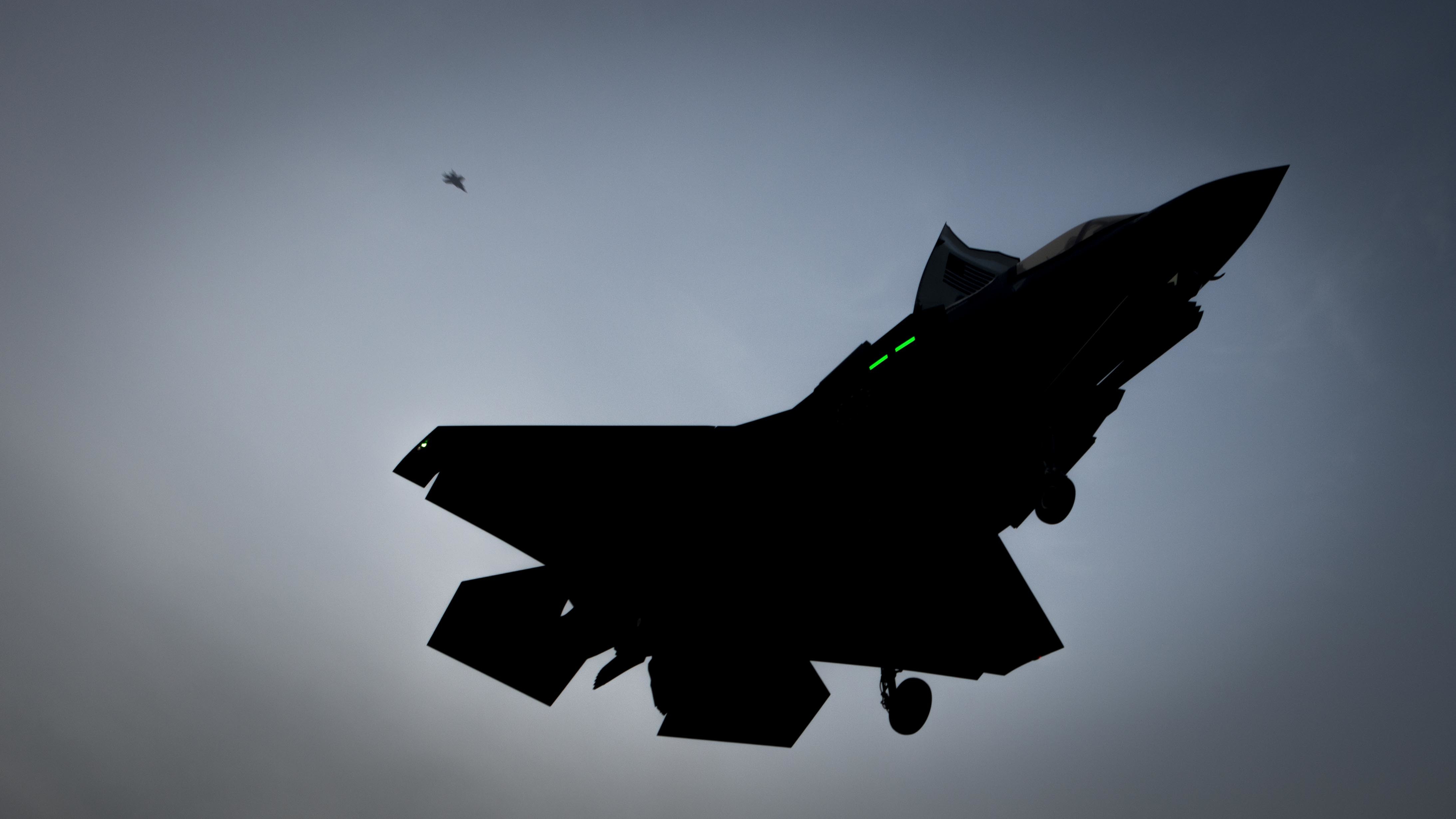
THE PENTAGON – Officials in Tokyo have requested Marines deploy F-35B fighters aboard Japan’s largest warships, a U.S. defense official confirmed to USNI News on Friday.
The service is now studying the feasibility of deploying short take-off vertical landing (STOVL) fighters from JS Izumo (DDH-183) and JS Kaga (DDH-184), Japan’s 24,000-ton big deck amphibious warships.
The warships were originally designed to field a fleet of anti-submarine warfare helicopters and respond to humanitarian aid and disaster relief. However, in December Prime Minister Shinzo Abe approved a move to convert the two ships to field the STOVL F-35s in parallel with Japan’s purchase of 42 F-35Bs, reported The Diplomat.
In March, the Abe government asked then-Marine commandant Gen. Robert Neller if the U.S. would consider deploying Marine F-35Bs from Izumo and Kaga, reported The Asahi Shimbun earlier this week.
Prompted by the request, the Marines are now standing up groups to determine the technical feasibility of deploying U.S. F-35s from the two ships ahead of the Japanese Self-Defense Force F-35Bs being fielded.
While the two ships were built with an eye toward STOVL fighter operations, the U.S. has to make an independent determination if their F-35s can operate on Izumo and Kaga.
For example, U.S. Wasp-class big deck amphibious ships have to undergo deck strengthening and have new heat resistant flight deck treatments as the Marines replace their AV-8B Harriers with F-35Bs. It’s unclear what additional work would be needed to make the two ships ready for F-35s. The Marines currently have an F-35B squadron forward-deployed to Japan — the “Green Knights” of Marine Fighter Attack Squadron (VMFA) 121 that operate with the Wasp Amphibious Ready Group as part of the 31st Marine Expediniaory Unit.
The Marines have charted out a similar relationship with the U.K. Royal Navy to deploy a squadron of F-35Bs from the new HMS Queen Elizabeth (R08) carrier for its first deployment.

For Japan, the move comes as the Chinese expand their regional naval ambitions.
“Chinese naval capabilities are growing rapidly in the region and I think this is an important step in strengthening the US-Japanese alliance. The Japanese acquisition of F-35Bs will enhance their maritime and aviation capabilities in the region and will further bolster interoperability between Japanese and U.S. military forces,” Eric Wertheim, author of U.S. Naval Institute’s Combat Fleets, told USNI News, Friday. “It will also help ease the burden on U.S. assets that are stretched thin responding to a long list of global crises.”
Beijing has been critical of Japan’s move to put fighters on the two warships saying that they could be considered an attack platform and a violation of Japan’s pacifist constitution.
In March, former director of national intelligence and former commander-in-chief of the United States Pacific Command Adm. Dennis Blair wrote that fielding F-35s on Izumo and Kaga could be considered a defensive move.
“The challenges to defending the Self-Defense fleet against aircraft armed with cruise missiles (or hypersonic glide weapons) underscore the need to upgrade the Izumo-class to operate the F-35B STOVL aircraft, as the average range of ship-killing missiles is in the hundreds of miles while the average range of defensive ship-launched antiaircraft and antimissile missiles is only about 100 miles,” wrote Blair and retired Capt. Christopher Rodeman in Proceedings.
“Armed with short-range anti-ship missiles, the F-35B would be very effective against ‘swarm tactics’ by patrol craft or maritime militia vessels. In an “island grab” scenario, the F-35B would be invaluable in establishing the local air control required for Japan’s new amphibious regiment to retake remote islands.”





